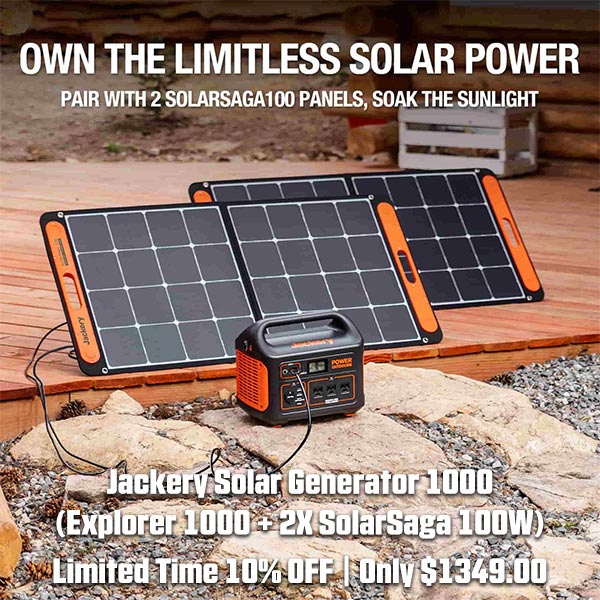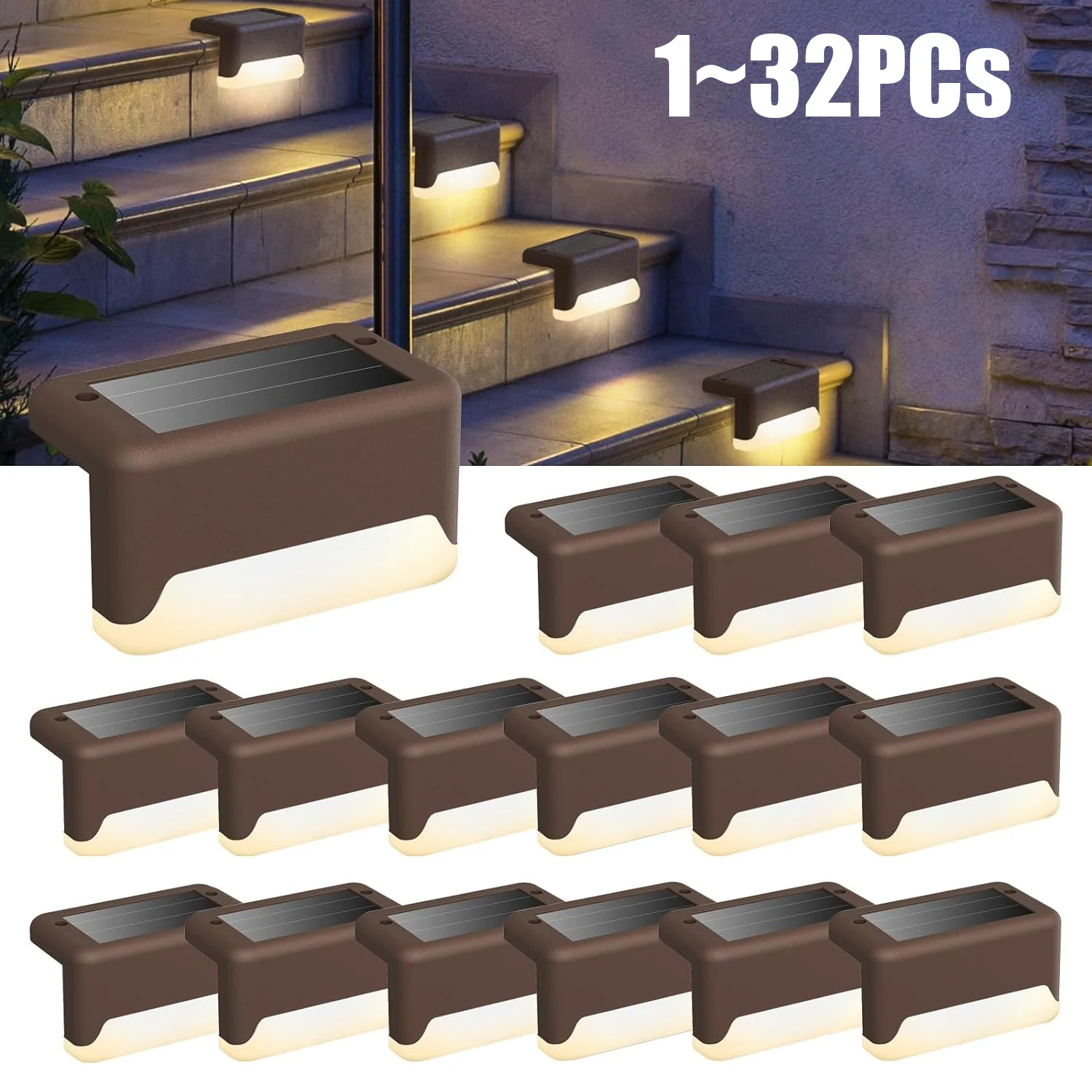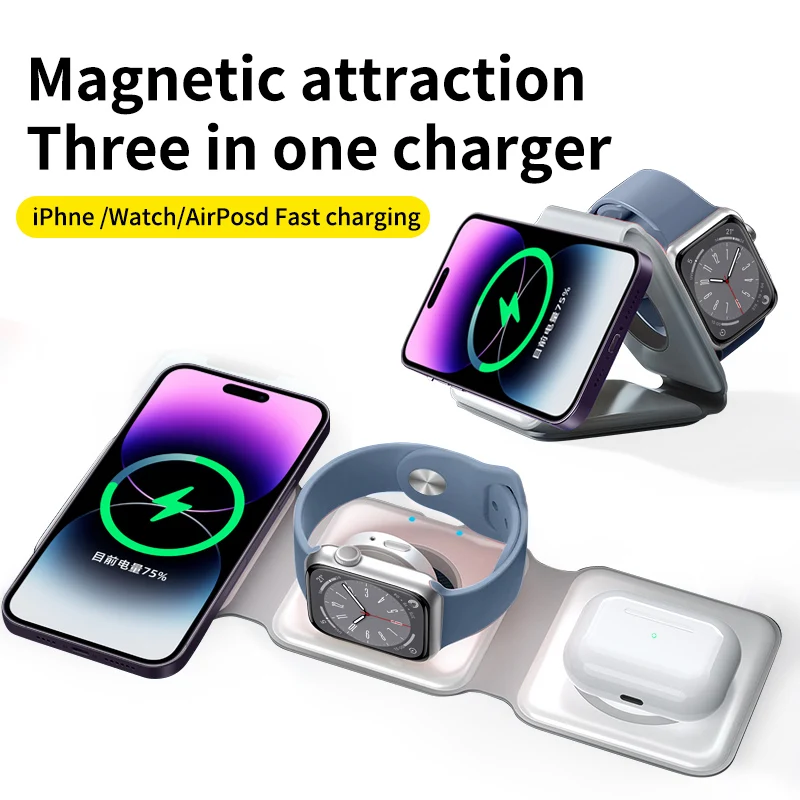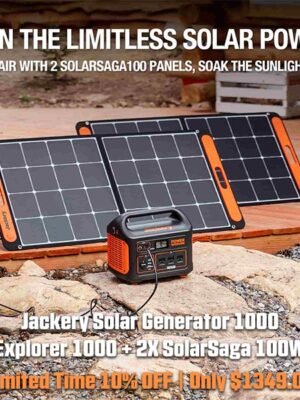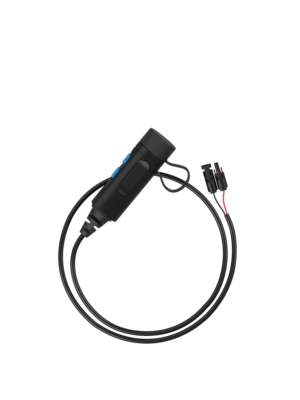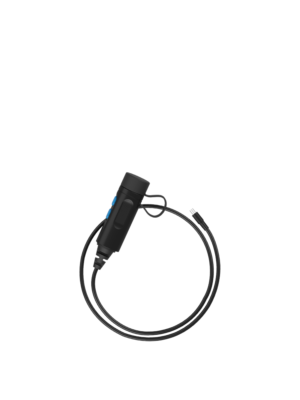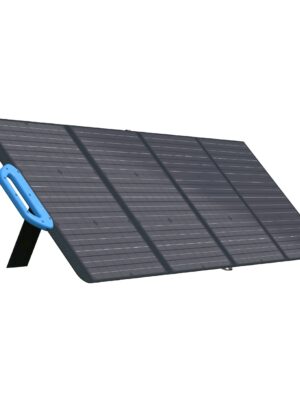The Myth of the Perfect EDC and Bug Out Bag
(Psst: The FTC wants me to remind you that this website contains affiliate links. That means if you make a purchase from a link you click on, I might receive a small commission. This does not increase the price you’ll pay for that item nor does it decrease the awesomeness of the item. ~ Daisy)
Author of The Dark Secrets of SHTF Survival and the online course SHTF Survival Boot Camp
In the survival-prepper world, it is very important what you carry with you and just as much so, how you carry it. But it is a giant myth that there is just one right way to do this. Despite what many people want to say, there is no perfect and universal everyday carry, perfect and universal bug out bag, car kit, or other gear.
There might be some items or universal rules that every kit should have, but everything else is based on the specific situation.
It is often misunderstood, You can see that actually when someone post his EDC for example on a social media post that you are gonna have probably many comments with specific suggestions what is right or wrong in that kit. But the problem is that lot of those suggestions (or objections) are based on the specific needs or scenarios of the commenter. The suggestions may not work for the person who has that EDC.
As a general rule, we can say that you may take advice about some item in your kit, but you should always keep in mind that you are building kit based on YOUR settings and needs.
Take, bug out bags, for example.
No matter how much we write (or read) about bug out bags there are gonna be more endless discussion about it, reasons are simply because BOBs are about having cool things (that are cool to discuss) and also because by having a good BOB we are trying to cover many problems that are gonna emerge when SHTF.
Over the time we set up our own BOB with tools and equipment that we hope are gonna work for us.
In a real-life situation, there are chances that we’ll be forced to lose our BOB. Maybe we’ll be forced to swim across a river and that bag gonna be heavy for us, or we’ll be forced to run from someone, or we’ll be forced to give it to someone in exchange for safe passage, or whatever.
Being without our cool things when SHTF does not sound good. But there are ways to have the most important things when you need them.
Here are some general suggestions about how to carry your items.
Layers and Levels of Importance
The way of organizing the stuff that you carry may be through layers and levels of importance.
It works very simply, and it may be some general rule, but still keep in mind that it depends on your personal settings.
For example, for you, it may make sense to keep your allergy medications all the time at the reach of your hand because you have a history of strong allergic reactions. But, for example, for me, it is not important because I do not have that history.
Try to have your gear organized by layers and levels of importance.
Another thing is how you carry all your stuff.
Some things need to be available in a split second, your field dressing for example, or your allergy medication, extra ammo or food. You could find your self in a situation where you will not have time to dig through all stuff to reach something. Your life might depend on that time.
Layers
It is a good suggestion to have three (or at least two) levels of equipment on you.
In reality, it looks like this:
- Layer One: This is the equipment that will stay with you even in very extreme situations. It is equipment that is directly “on your body”. It may be placed for example on paracord around your neck, or on your wrist.
- Layer Two: This is the equipment that is on your belt, inside your pockets, small waist bag or similar.
- Layer Three: This is the equipment that you carry actually inside your bug out bag.
The point of these layers (you can actually have more or less of these layers, it is based on your settings) is to cover as many unplanned situations as possible that may happen to you. And that may include losing your pack for whatever reason.
You may lose your BOB because you’ll be forced to run really fast, or because you’ll be awakened by shots in the middle of night at your temporary camping site on the way to your BOL, and you are in panic, but you’ll still have small waist bag on you, paracord on your wrist, stuff in your pockets and similar.
You may lose the camping stove or the MREs in the BOB because you lost the bag, but you’ll still have power bars in pockets, lighter around your neck, etc. The examples are many.
Try to think in terms of “the pillars of survival”: fire, shelter, water, food, signaling/communication, medical/hygiene, defense and organize equipment in each layer for each pillar.
Levels of Importance
Another point of organizing how to carry your equipment should be based on what is most important to have “immediately”.
A very common mistake is to have all the equipment needed to overcome a hard situation but organized in completely the wrong way.
The reason for that is many preppers forget that when SHTF and you find yourself moving somewhere with your stuff, very often it could be the difference between life and death how fast and efficiently you can use that equipment.
It is nothing spectacular. For example, if the S did hit the fan and you are out moving through a dangerous and violent situation, would you want your weapon in the reach of your hand on your belt or at the bottom of your bag?
It is similar with other equipment.
You have to understand what you need to have available immediately and what is not as urgent from all of your other equipment too.
Another good example is the first aid kit.
It is very common for preppers (and I also see this often with students at live courses) to have first aid kits that are either tucked away in the BOB or completely full of nonsense. Or both.
Do you really want to find yourself in a situation when you are seriously bleeding and then you need to dig through your BOB to find your first aid kit, and then to dig through antibiotics, anti-diarrhea pills, plasters, and useless small scissors to find field dressings or a tourniquet?
Sometimes, seconds can make a difference.
There are items that are important and there are items that are REALLY important.
Things that are REALLY and immediately important need to be right on you and available in seconds.
So, taking in consideration layers and levels of importance, for example (and this is an example only) your first aid kit might look like this:
- First layer: a bandana on your head, neck or wrist ( tourniquet, splinting, bandage)
- Second layer: sterile dressings, field dressings, povidone pads, alcohol pads, water tabs, allergy drugs, trauma shears… in your pockets or belt pouch, belt bag
- Third layer: antibiotics, anti-diarrhea tabs, existing illnesses medicines, prolonged care meds…
Now as I said this is only an example of specific items because it is absolutely about your personal settings and conditions.
For example, if you are diabetic it makes sense to have medication closer to you. Or if you have enough space in the first or second layer you can move items from the third layer there.
Again it is about understanding what is important and what is really important and trying not to lose all your equipment when the situation gets really hard.
You can use this analogy with every pillar of survival
So, for example, when it comes to shelter, your first layer might be a survival blanket or trash bag in your pocket and your second (or third) might be a tent in your bag.
Sometimes you could be forced to hide somewhere and crawl inside that trash bag quickly, eat a power bar from your pocket, and be very quiet.
Other times, you could lose everything except the lighter on your neck, paracord around your wrist, and the knife on your belt. But still, those items can get you through a lot of situations until you reach a safe place.
Remember: Necessity, Comfort, Mobility
To refine this still more, you need to factor in these words: necessity, comfort, and mobility.
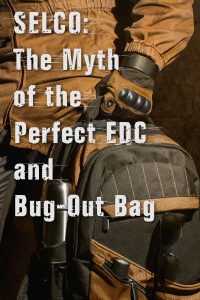 It is a formula that may work well for you or get you killed.
It is a formula that may work well for you or get you killed.
There is no perfect and universal BOB.
Even the bag alone can be wrong – it may look too much like a bug out bag and attract unnecessary attention. If you look like a walking store of tactical equipment, that is another problem. So, again, using common sense in how you look by having all those supplies in a bag and on you is really important.
Comfort is a good thing. I like to feel comfort, too. But in the formula of carrying equipment, it may blur your decision of how much you carry with you. I like better the word “necessity” – to have things that are necessary for me to live.
Mobility is very important and whenever you deciding what and how to carry, think in terms of how far and how fast you can get with stuff that you carry.
There is no perfect everyday carry and bug out bag for everyone.
All this and I didn’t tell you how to make the perfect every day carry kit and bug out bag. This is up to you. And again it should be based on your settings, your condition, region, distance. Graywolf from Graywolf Survival has a great bug-out bag list. Check it out here.
What are your thoughts? Do you have some bug-out bag gear you really like? Or some EDC gear? What would be your tips if you were telling someone how to build their own kit? Are there any “local” items that are essential in your area that might not be necessary in other places?
Let’s discuss it in the comments section.
About Selco:
Selco survived the Balkan war of the 90s in a city under siege, without electricity, running water, or food distribution. He is currently accepting students for his next physical course here.
In his online works, he gives an inside view of the reality of survival under the harshest conditions. He reviews what works and what doesn’t, tells you the hard lessons he learned, and shares how he prepares today.
He never stopped learning about survival and preparedness since the war. Regardless of what happens, chances are you will never experience extreme situations as Selco did. But you have the chance to learn from him and how he faced death for months.
Real survival is not romantic or idealistic. It is brutal, hard and unfair. Let Selco take you into that world.
Please Support Our Sponsors
Solar Power Generator Discounts Along With Free Shipping
- 10% OFF for Jackery Solar Generator 2000 Pro Series with code "JADEAL"
- 10% OFF for Jackery SolarSaga 200W Solar Panel with code "JADEAL"
- 10% OFF for Jackery Solar Generator 1500 Series with code "JADEAL"
- 10% OFF for Jackery Solar Generator 1000 Series with code "JADEAL"
- 10% OFF for Jackery Explorer 1500 Portable Power Station with code "JADEAL"
- 10% OFF for Jackery Explorer 1000 Pro Portable Power Station with code "JADEAL"
- 10% OFF for Jackery Explorer 500 Pro Portable Power Station with code "JADEAL"
- 10% OFF for Jackery Explorer 300 Pro Portable Power Station with code "JADEAL"
- 10% OFF for Jackery SolarSaga 100W Solar Panel with code "JADEAL"
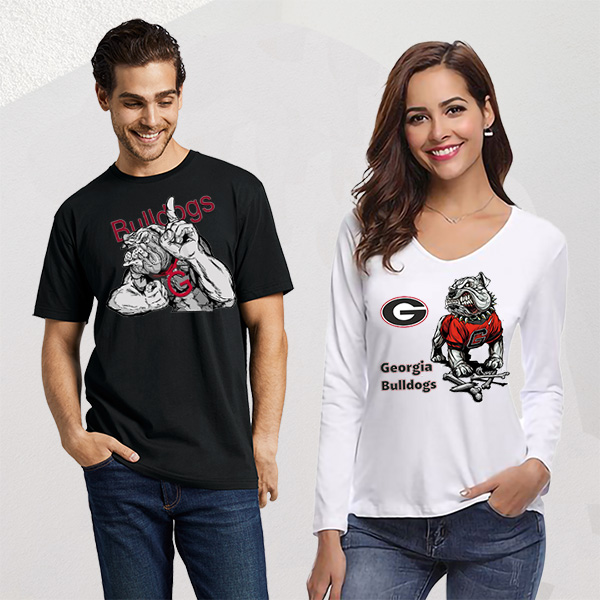
The University of Georgia is represented by the Georgia Bulldogs . The Bulldogs participate in the Southeastern Conference's (SEC) Eastern Division of the NCAA.
They play their home games in the storied Sanford Stadium in Athens, Georgia. The first season in Georgia was in 1892. In 1942, 1980, and 2021, the Georgia Bulldogs won three national championships.
The Georgia Bulldogs have additionally been crowned the National Champion in four additional seasons by at least one polling organization (1920, 1927, 1946 and 1968).
The Georgia Bulldogs are tied for second place in conference history with their 15 conference titles, including 13 SEC titles, and their 59 bowl appearances, which ranks second all-time.
In addition, the program has produced five top picks in the National Football League (NFL) draft, two Heisman Trophy winners, numerous winners of various national honors, and many others.

Longhorns football represents the University of Texas in Austin often known as Texas, UT or the Texas Longhorns. The Longhorns represent the Big 12 Conference in the NCAA Division. They play in Austin, Texas, at the Darrell K. Royal-Texas Memorial Stadium.
The Texas Longhorns are ranked third and seventh, respectively, in terms of all-time wins and win-loss records, with over 900 victories and an overall win-loss percentage of.705.
The legendary program also boasts four national titles, 32 conference titles, 100 First Team All-Americans, and two Heisman Trophy winners.
Get your Texas Longhorns Revival T-Shirt today. The Texas Longhorns Rustic Revival shirt is also a fan favorite.
Many college sports fans like to wear their gear all around town, get your Texas Longhorns Centered gear and show your support.


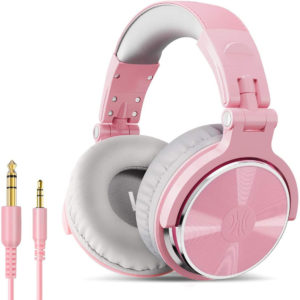

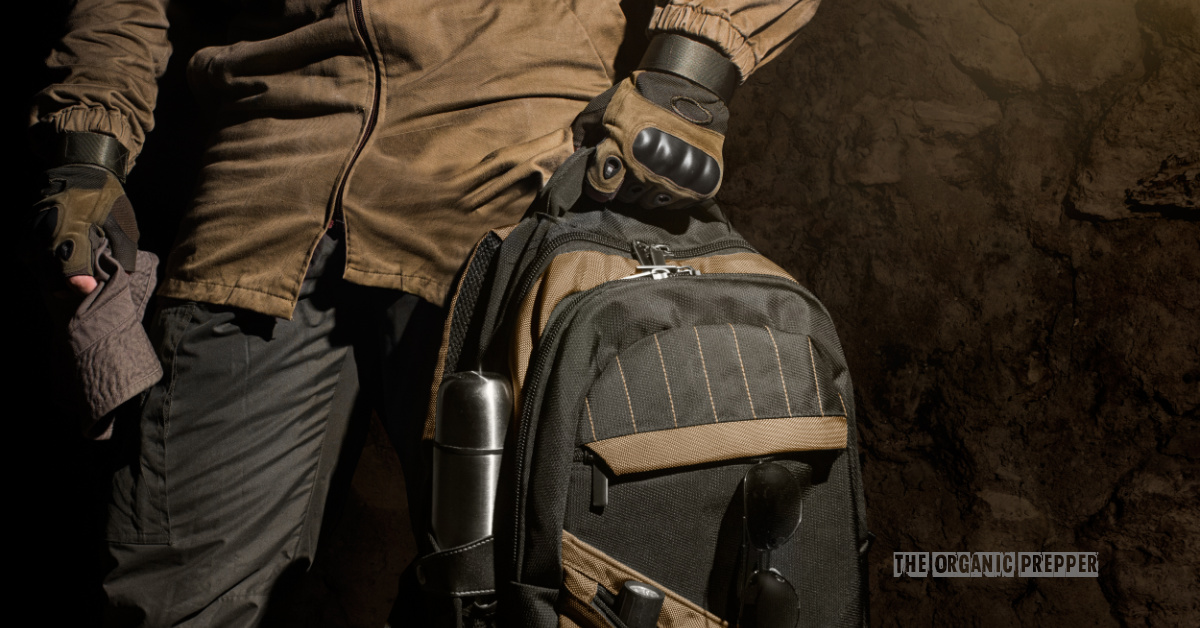
 Gettr
Gettr